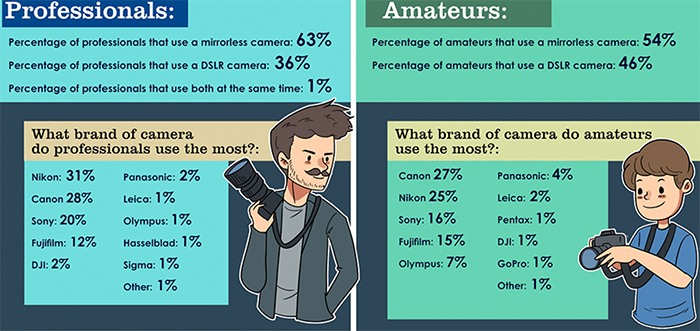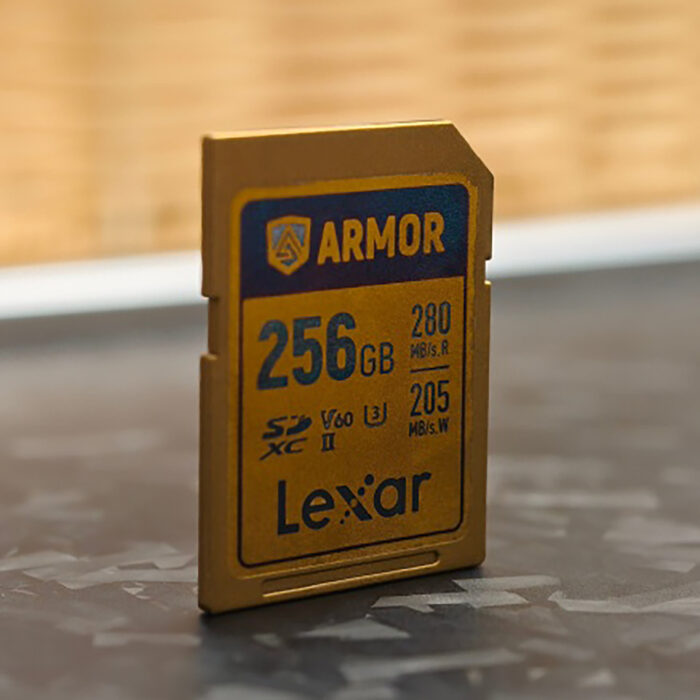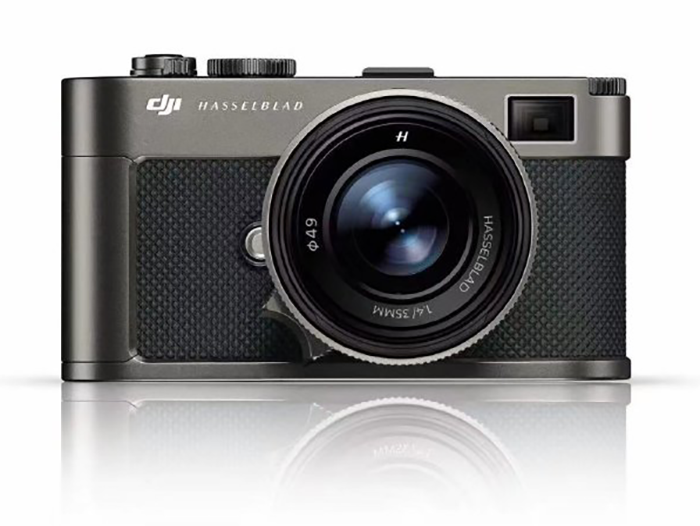Full Fuji X-PRO3 press release leaked!
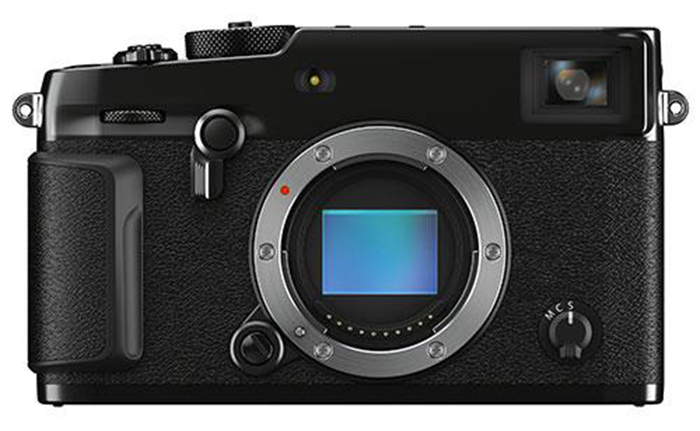
In two days Fuji will release the new X-PRO3. Here are the leaked products images and press text:
The X-Pro3 uses the back illuminated 26.1MP X-Trans CMOS 4 sensor and the X-Processor 4 image processing engine for superb image & 4K video quality and autofocus performance.
The X-Pro3 uses an improved algorithm to enable autofocus at the minimum luminance of -6EV, which is near pitch-darkness. The camera features a new HDR shooting function, which combines multiple continuously shot images of different exposure levels to expand the dynamic range. The tool, designed to recreate the vast dynamic range of light conditions that exist in nature, produces natural tones without causing exaggerated amplification of colour tones.
The camera handles multiple exposures of up to 9 frames in the Additive, Average, Comparative Bright or Comparative Dark mode to combine images taken from multiple viewpoints or at different times into a single image. You can apply different Film Simulation modes to each of the frames to create a multi-layered collage.
The exterior of the camera body is made of titanium, which gives the camera additional strength and corrosion resistance. It is combined with premium quality coating giving it a sleek, elegant appearance. The internal framework of the camera body is made from magnesium alloy. Weather sealing has been applied at 70 points to give the camera advanced dust and moisture resistance. The camera is also capable of operating in temperatures as low as -10℃, allowing users to be on location and not having to worry about the weather.
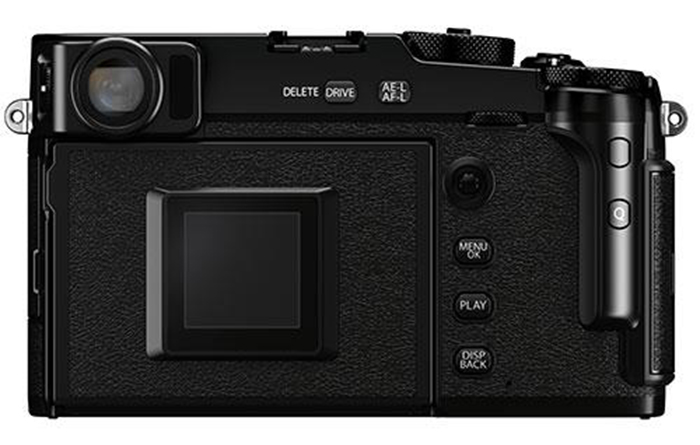
The X-Pro3 for the first time has an AF range limiter function, which has been available only on a limited number of lenses until now. You can select from two preset values or use the focus ring to specify any focus range. This gives the focus preset function available to all XF lenses.
Users can switch between the optical viewfinder (OVF), which provides a constant view of your subject without any time lag, and the electronic viewfinder (EVF), which allows you to check exposure while you shoot. The EVF uses a 3.69-million-dot organic EL panel with advanced display performance. The organic EL panel boasts a high contrast ratio of over 1:5000 and the maximum luminance of 1500cd/m2 to display the finest details even in shadows and highlights. It also covers 97% of the sRGB colour space, giving more accurate colour reproduction.
EVF display options in the “Boost” performance mode now includes “Smoothness priority” where a black frame is inserted between each of the frames at approx. 100fps to provide a smoother appearance with a minimal sense of residual images, giving an equivalent refresh rate of approx. 200fps. This option is recommended when you are taking pictures of fast moving subjects and need to track the erratic motion.
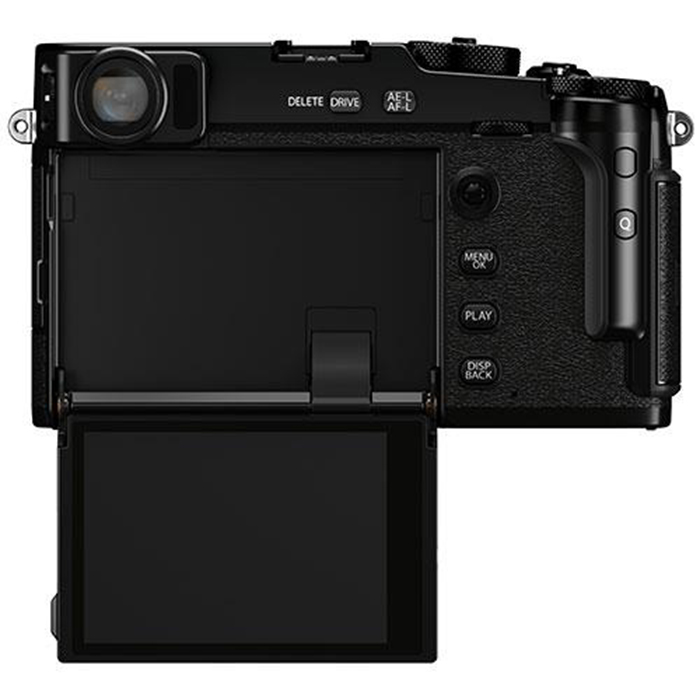
The camera also features the “Electronic Range Finder” function, in which a small EVF window is displayed within the OVF to help checking electronic settings. The EVF window displays live view, enlargement of an AF point and pictures taken, improving the usefulness of the OVF.
The 1.62-million-dot high-resolution tilting LCD touchscreen display, can flip approx. 180 degrees, allowing you to shoot from the hip, at ground level or with the camera above your head. The screen offers a wide angle of view and delivers high contrast yet natural colour reproduction to provide a clear and high quality view.
The rear 1.28-inch colour Memory LCD, protected with toughened glass, displays shooting settings regardless if the camera is turned on or not. The screen can be set in the “Classic” mode which displays Film Simulation, white balance and other image settings reminiscent of film cameras, or in the “Standard” mode for displays shutter speed, ISO sensitivity, the number of remaining frames and other shooting settings in plain numbers and icons.
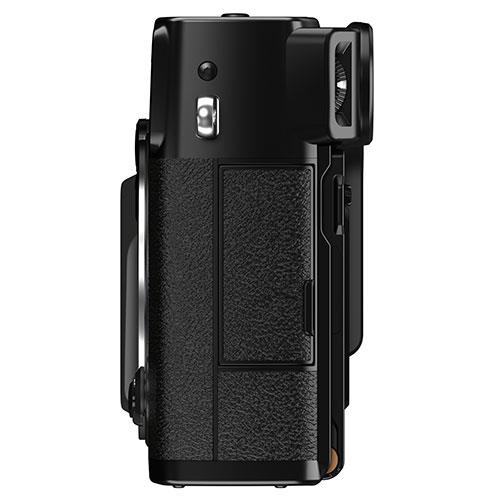
“CLASSIC Neg” mode has been added to the Film Simulation function, which simulates colour negative film traditionally chosen for everyday snapshots. The colours, precisely controlled for each level of brightness, create a rich chromatic contrast to add extra definition to the image.
The Black & White adjustment function, originally introduced to the X-T3 and X-T30 to apply warm and cool tones to monochrome images, has been updated as the “Monochromatic Colour” function. The X-Pro3 now allows you to choose the key colour from a matrix of Warm / Cool tones and Magenta / Green hues, incorporating the rich gradation into your images to create photographs with a personal twist.
“Clarity setting” has been included as an image quality parameter to complement the existing Highlight Tone, Shadow Tone and Sharpness. Texture and outlines of subject can be accentuated or softened while retaining gradation of colours to control the overall look of a picture.
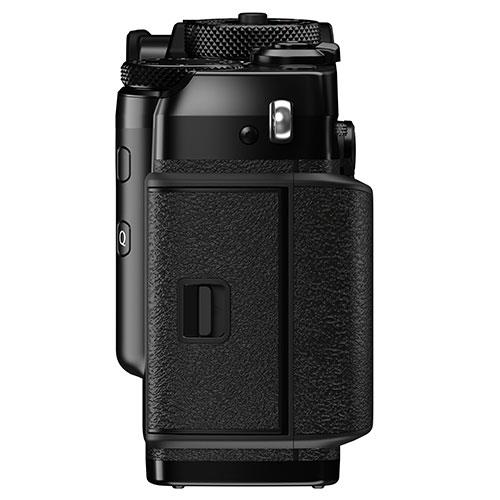
The Grain Effect function, which simulates the photographic film, has been evolved so that you can adjust “strength” and “size” to attain a more precise control over graininess, instead of having just two options of “strong” and “weak” graininess in previous models.
“Highlight Tone” and “Shadow Tone” options, have been integrated into the “Tonal Curve” setting so that you can intuitively adjust settings while checking the tonal curve.
Compatibility with 3rd party software has been improved so they can now read ratings given to pictures using the “Rating” function.
The functionality of the “Q” quick menu has been improved. You can now choose the number of icons to be displayed in the menu from 16, 12, 8 or 4. “Transparent” has been added as a new background option, allowing you to change the settings but ensuring you won’t miss a photo opportunity.
The X-Pro3 has a USB Type-C port (USB3.1 Gen1), to charge the camera’s battery and transfer data.
Size : 140.5 x 82.8 x 46.1mm
Weight : 497g
—-
via Nokishita
